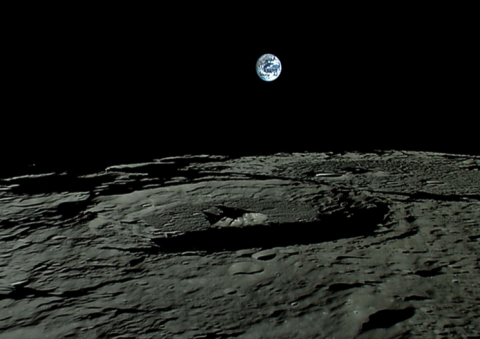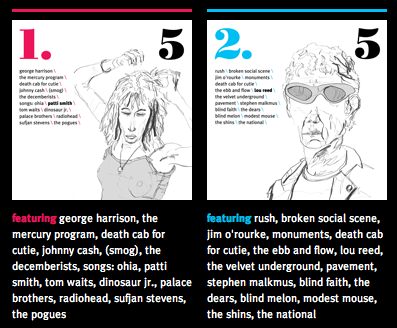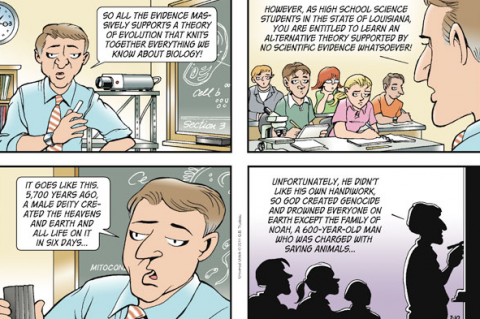We reached deep into our archives and pulled out a list of our greatest hits — our favorite science videos from the past five years. 125 videos in total, and the list will grow from here. Right now, it covers everything from Astronomy and Space Travel, to Physics and Biology, and then Psychology and Neuroscience. Our recommendation? Just jump right in here. But if you want a little preview, then let’s start you off with ten slam-dunk videos from the collection:
(Note: In the future, you can access this collection by clicking the “Great Science Videos” link under “Essentials.” Top of the center column.)
- Earthrise in HD – Video — In November 2007, Japan’s Kaguya spacecraft orbited the moon and captured the first HD footage of an “earthrise” and “earthset.”
- Touring the Earth from Space (in HD) – Video — Give NASA 7 minutes, and they’ll show you the Earth’s most impressive landscapes — as seen from space.
- “First Orbit”: Celebrating 50th Anniversary of Yuri Gagaran’s Space Flight - Video — 99-minute documentary recreates the Soviet cosmonaut’s historic launch into space on April 12, 1961.
- Arthur C. Clarke Presents the Colors of Infinity – Video – The futurist brings us inside Mandelbrot’s world of fractal geometry.
- Physics from Hell: How Dante’s Inferno Inspired Galileo’s Physics – Video – Fascinating presentation by Mark Peterson, physics professor at Mount Holyoke College.
- Lawrence Krauss: Every Atom in Your Body Comes From a Star- Video – Theoretical physicist talks about his work at the World Economic Forum in Davos.
- What It Feels Like To Have a Stroke - Video — Harvard neuroanatomist Jill Bolte Taylor recounts her experience having a stroke. One of the most popular TED Talks of all time.
- Nature by Numbers - Video — Well-known geometrical and mathematical formulas (The Fibonacci Series and Spiral, The Golden and Angle Ratios, The Delauney Triangulation and Voronoi Tessellations) present themselves in nature.
- Tsunami Ripples Across Globe: Animated Video — Video — The National Oceanic and Atmospheric Administration shows Japanese tsunami rippling across the Pacific.
- Daniel Pink: The Surprising Truth About What Motivates Us - Video — Research reveals what really, truly motivates us. And it’s all shown with animation.
Find the full list of Science Videos here…



 Garry Trudeau
Garry Trudeau 
